The 1, 10, 100 Community framework and what European football clubs can teach us about power law distributed communities
To serve the whole community, bias your focus on the few.
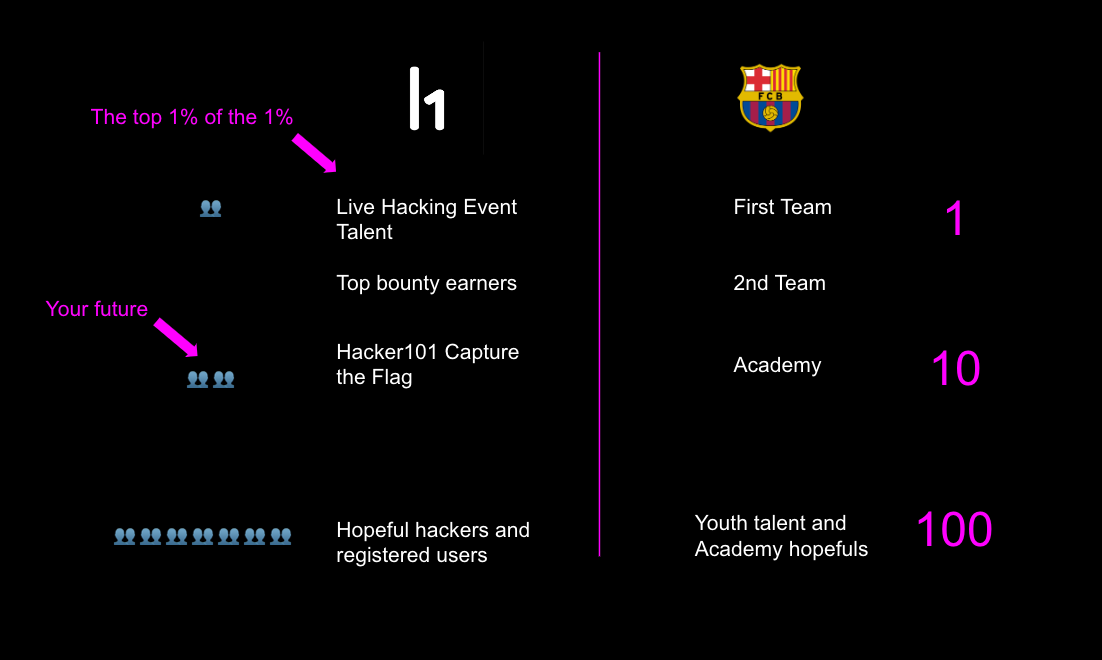
Only 0.05% of the creators on Gumroad earn over $100K/yr.
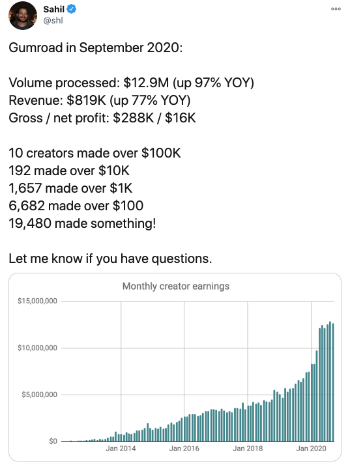
The top 1% of Twitch streamers made over half of the money in 2021 and only .06% percent made over the median household income of $67,521 per WSJ research from 2020.
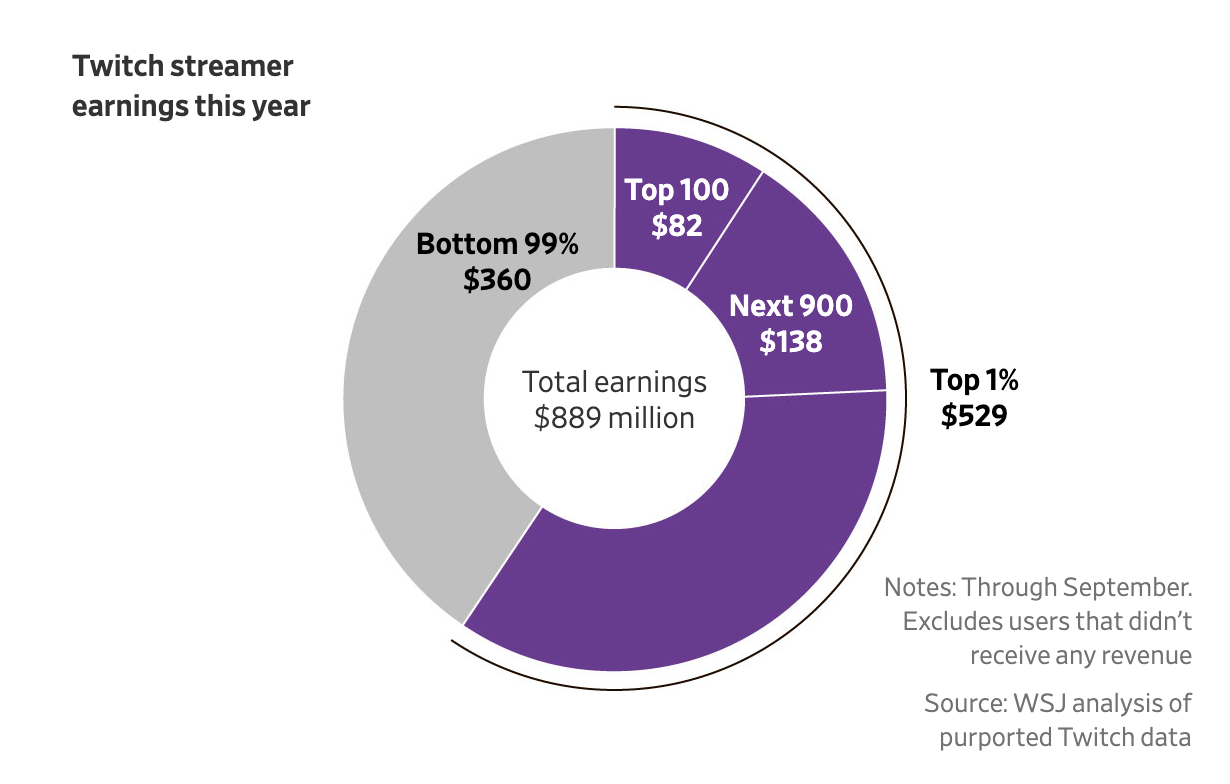
Musical artists on Spotify outside the top 2 percent make $15/mo per Rolling Stone.
Some of the most popular open source projects that are used by thousands of companies are maintained by a labor of love of a handful of people (heroes, they're called heroes).
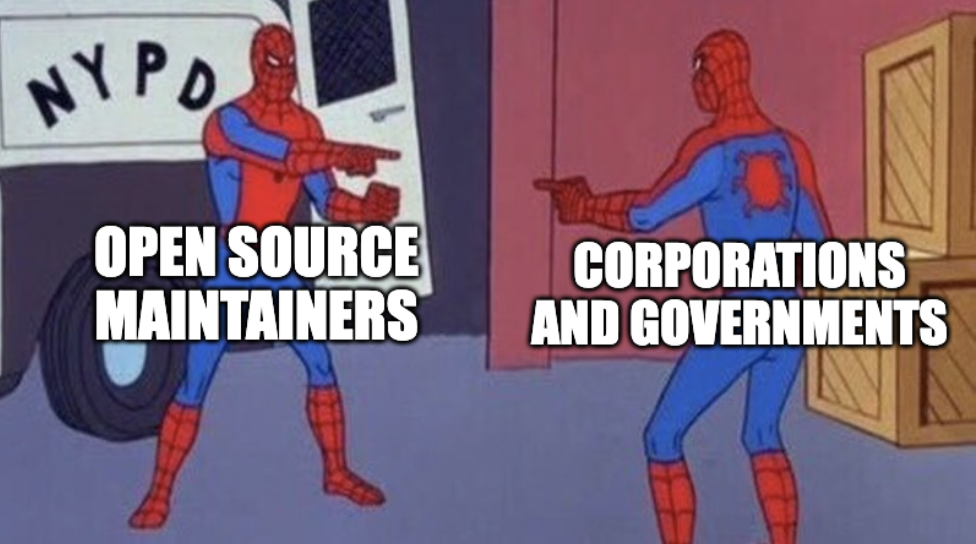
Almost every community or marketplace of size has similar characteristics.
The 1, 10, 100 Community Framework
As head of community at HackerOne, I would often get asked "Luke, how many hackers do we have in our community?"
My answer was nuanced with "well it depends". So I came up with a framework to help the discussions. Instead of just saying "our monthly active user count is x and we define MAUs as y." I would articulate it with the 1, 10, 100 framework which allowed me to expand the conversation to a more strategic level, effectively articulating our community development thesis.
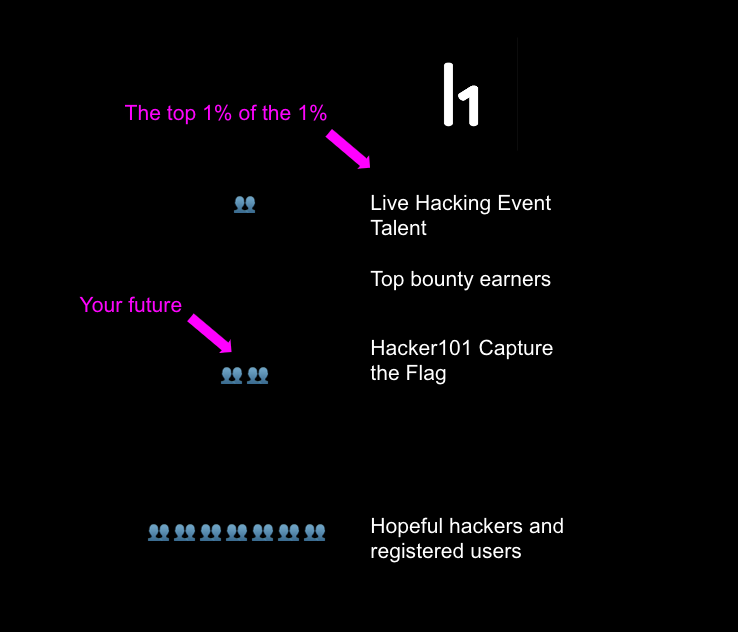
Most of the top hackers today, will not be the top hackers in 5-years. They're like professional athletes.
Community leaders are Sporting Director's
Sporting Director's in European football clubs manage the talent. Their role is similar to GMs in major US sports that control the trading of players and often the oversight of the coach. But what's unique about European Football Clubs is the vertically integrated talent development.
Every major club in the English Premier League, Series A, Ligue 1, etc have club level teams from youth ages on up to top flight teams. They invest heavily in talent from a young age, planting seeds for first team contributions 10 - 15 years in the future.
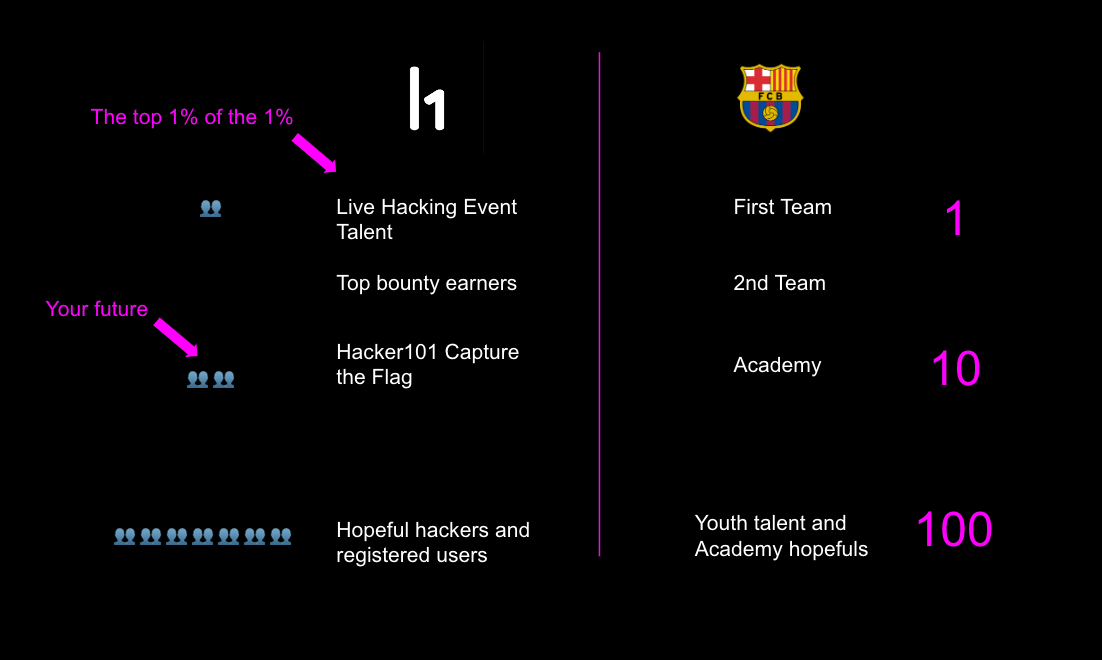
As a community leader, you are the facilitator of ALL the talent. You need to approach things like Edu Gaspar, Arsenal Football Club Sporting Director, investing in talent like Bukayo Saka.

It goes beyond the young talent, the top talent in your community that may be at the end of their high productivity, they are still hungry to contribute and learn. They have a lot to give. How do you give them opportunities to add value to the community in new ways? The way to do that is giving them incentive, clout, and responsibility of junior talent. Elevate them to positions of mentorship, and create feedback loops or incentive structure that gives them return based upon the success of their mentees.
Lesson: Invest in your future community through education and other development opportunities. Know the shelf life of your power user contributors. The top creators or contributors will most likely not be the top in 5-years from now (perhaps less). You need data to tell you the value milestones for your community based upon what they're doing. You are the Sporting Director of your community, invest accordingly.
The 1% of the 1%
Even the top quartile of your community are stratified and follow this power law distribution.
In my 5+ years at HackerOne, I produced over 20 live hacking events. At pretty much every single event, there were 2 - 3 hackers that earned 50 - 60% of the bounties, sometimes more. These were the elite of the elite. And yet, the distribution of earnings was quite acute at that top level. And it was rarely the same 2 - 3 people. The scope and engagement favored different talent over others and the results showed that.
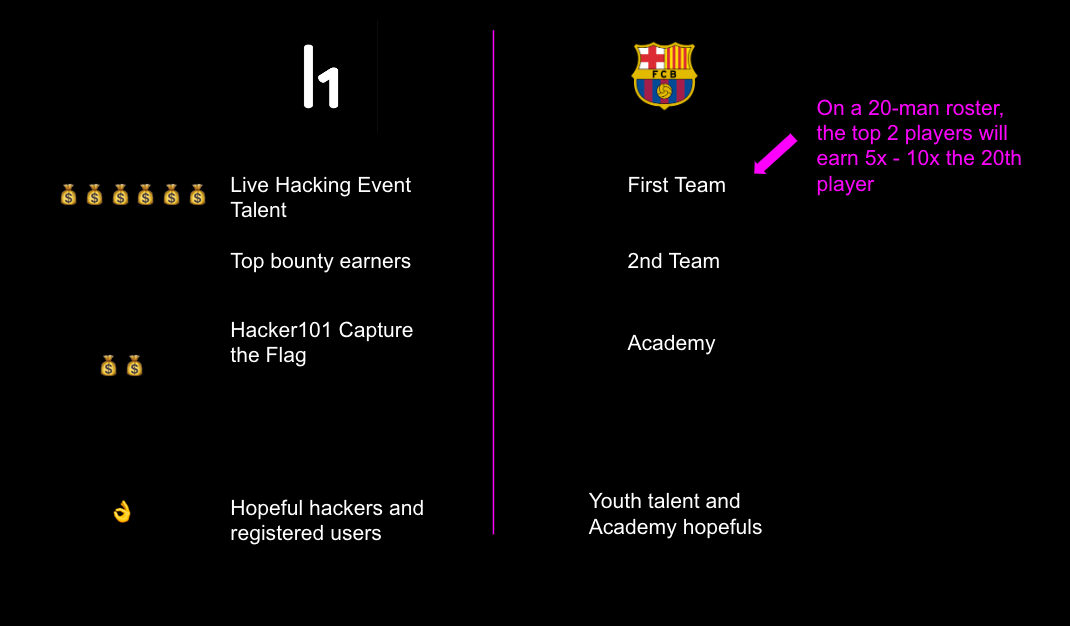
Lesson: Don't be surprised when you see a wide gap of earners even in the top of the top. You're most likely not doing anything "wrong", it's an expected outcome. focus on how you can create structure for the top talent to contribute in new ways and for them to collaborate. That's where the real magic happens. Give the talent the arena to thrive and step back and watch what happens. Because even though in the H1 live hacking events the earnings were not evenly distributed, the value contributions from hackers that might not have earned a dime in bounties could be massive to the health of the community, future collaborations, content creation, and more.
There are power users and power abusers
Just like the majority of the value is driven by the few, the majority of the abuse is driven by a minority of your community. The few can ruin it for the many. Stanford researchers did a study on Reddit comments and they found that 1% of the community is responsible for 74% of the abuse on the platform.
A few people really do ruin the internet for everyone: this study of 1.8 billion Reddit comments shows 0.1% of all communities generate 38% of attacks on other reddits! (1% accounts for 74%!) And a few active users on those Reddits kick off the conflicts. https://t.co/0QI6yr17lG pic.twitter.com/Vh5TTPTJio
— Ethan Mollick (@emollick) May 31, 2021
Code of conduct, enforcement actions, strong community members that help self-police and maintain the integrity of the community are a few areas where you should focus.
Lesson: If you ignore the power abusers, your community will digress into a toxic wasteland. Invest in a code of conduct and onboarding from the beginning.
Reminders and final words of advice
Rules are made to be broken. Stats are meant to have outliers. There will be those in your community that might buck the trend. They might skew so high outside of your models or assumptions that they require special care. It's a delicate balance to maintain community health, while maximizing community members contribution and longevity. Overarching lesson: To serve the whole community, bias your focus on the few.
